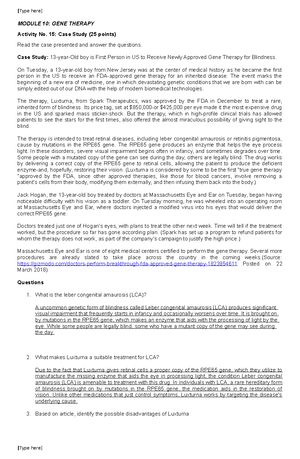- Information
- AI Chat
Was this document helpful?
Gogyoka- A Literature about Writing and Other information
Course: Masters of Arts in Education Major in English
93 Documents
Students shared 93 documents in this course
University: Aklan State University
Was this document helpful?

WHAT IS GOGYOHKA?
a style of poetry mixing form and freedom.
HISTORY (https://thanetwriters.com/)
While much is made of the history of Eastern forms of poetry, the Gogyohka has only been
formalised since 1983, when it was named by Enta Kusakabe, who is believed to have
originated the idea in 1957 while studying at the Tokyo University faculty of Western Literature.
The form has roots within the Tanka, which also has five lines. Poets such as Kenji Miyazawa
and Jun Ishiwara had written free-Tanka, without the Tanka’s usual syllable restrictions since the
Taishō period, around the 1910s. These poets did not name this free-Tanka, instead seeing it as
an extension of the existing form.
Spearheaded by Kusakabe, a Gogyohka Society was formed in 1994 and still publishes a
monthly periodical as well as organising monthly meetings to share work. The society is over
4000-strong, drawing on a long tradition of Japanese laypeople writing poetry, far more than in
the West, and this democratic approach is very much part of that continuing ethos.
In 2008, the first American Chapter of the Gogyohka Society was established by Linda Voss,
Joseph Gesick, and Elizabeth Phaire in New York.
EXAMPLE
GOGYOHKA
5 syllables Life’s bed of roses
7 syllables Comfortable; but with thorns
5 syllables Can be full of charms
7 syllables Reckless touch and you’ll be pricked
7 syllables It’s up to you to handle.a





